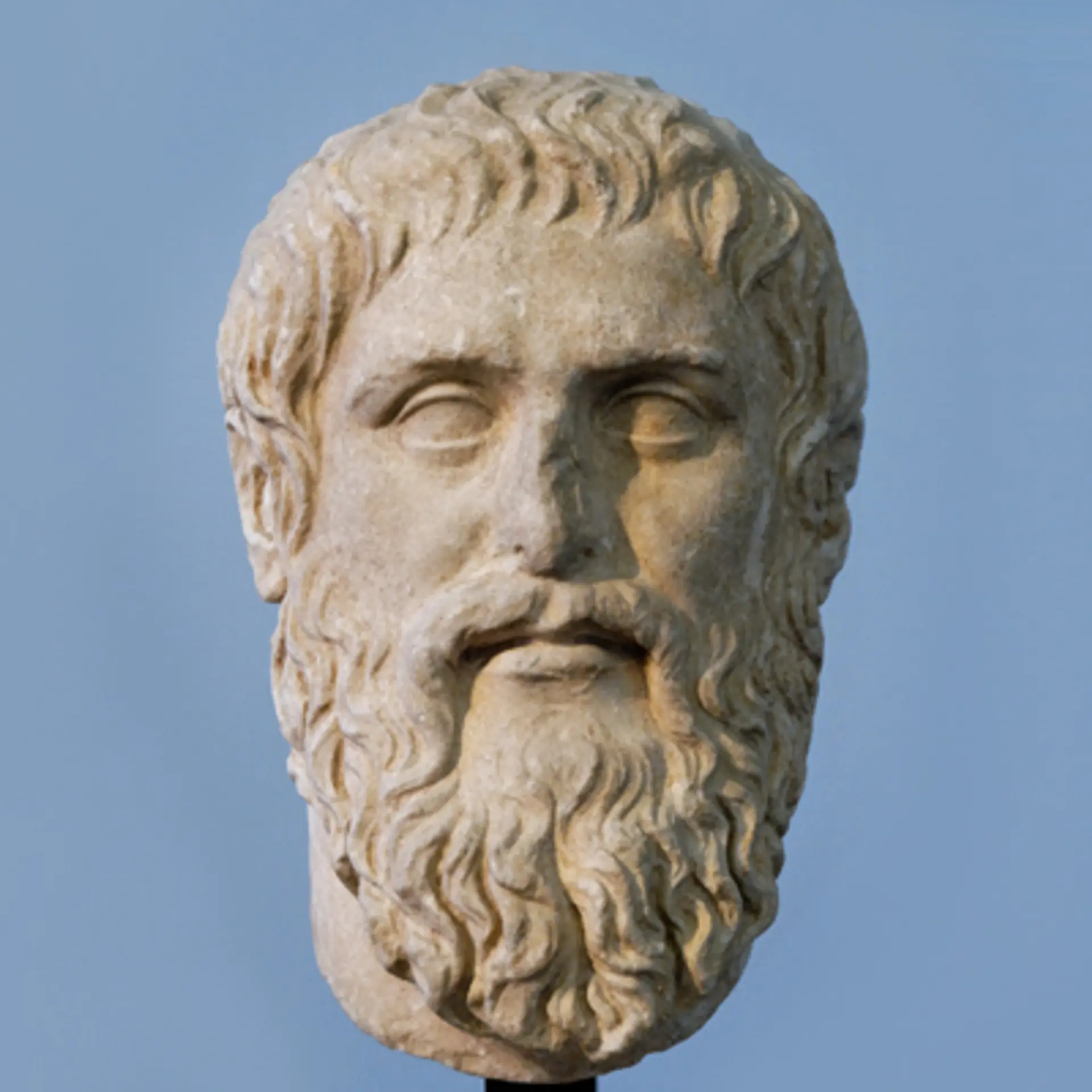We live in exciting times. Not a day passes without some breathtaking progress in disruptive technologies — artificial intelligence, 3D printing, self driving cars, automation, genetics, alternative energy, sensors, data analysis. These areas promise to change our lives. It’s a shared journey — jointly embarked on by researchers, entrepreneurs, venture capitalists, analysts, journalists and of course customers.
In all this excitement we tend to forget that there have been breathtaking disruptions in the previous generations too on whose foundations we stand. I am talking about inventions such as railways, telecom, printing press, electric bulb and innovations such as assembly line and container shipping. They seem staid, not interesting enough to get blood racing through our veins. But they offer us history, something I love studying- and the lessons are timeless. They are valuable to study even today.

The list of inventions that fascinate me is long. Let me focus on just three of them: Printing press, assembly line and light bulb. The men behind them Johannes Gutenberg, Henry Ford and Thomas Edison were as different as you can get. Gutenberg was a European and lived three centuries before Edison or Ford. Edison and Ford were Americans, and contemporaries, and in fact had met each other. Gutenberg died blind, Edison died deaf, and Ford never gave up his antisemitism till his death. Yet, what connects them — despite their shortcomings and imperfections — is that they represented the words made famous by Steve Jobs this century: Stay hungry, stay foolish.
They offer important lessons to today’s innovators, disruptors and entrepreneurs, shedding light on the nature of entrepreneurship, the way things work, and what it takes to succeed.
Charles H. Duell, the Commissioner of US patent office is supposed to have said, “everything that can be invented has been invented.” The year was 1899. Looking at all the inventions since, we might laugh at him today. But the fact is, people in general tend to not see too far into the future and understand the transformation power of a simple invention. We believe things won’t change, and the status-quo will be maintained. Yet, a single invention can utterly alter our known world. Take the printing press. At one level, it merely made books cheaper and faster. But it had an unpredictable impact on society. We cannot imagine the modern era without books being widely read. Renaissance, Reformation and the Age of Enlightenment would never have occurred if ideas couldn’t be spread to a large number of people. Imagine the loss to science if the scientists worked in silos, which is what would have happened without printed books and journals. Similarly, light bulb essentially extended the day for millions of people. People could work and study long after the sun set. Assembly line enabled mass production of cars, making it affordable for the common man. That changed the urban landscape, enabled the creation of suburbs, which in turn spawned new businesses. Can you imagine shopping at Walmart (or in India, the sprawling Decathlon stores) without cars or perhaps OlaCabs?
Even when Gutenberg was toiling on his movable type press, there was a lot of interest in it but most people in power dismissed it as inconsequential. He got angel funding from a trader! ( His struggles with investors is a fascinating study by itself, it should cheer the current breed of entrepreneurs — the organised venture investors of today are angelic in comparison.) Once he unveiled the machine and made it operational, everyone could see how superior it was to traditional methods of scribes copying from a book. Productivity shot up from 40 pages a day to 1000 pages a day with Gutenberg’s printing press. But what people didn’t realize was the far reaching impact this invention would have on humanity. It’s doubtful even if Gutenberg realized it. Probably not.
We admire Thomas Watson of IBM. Yet, in 1940s, he said, “”I think there is a world market for maybe five computers.” We admire McKinsey too. They are probably the best strategy consultants around. Yet, in the 1980s McKinsey told AT&T that there would be about 900,000 mobile phone subscribers in the US by 2000. They were widely off. US had 109 million mobile subscribers by 2000. India alone currently has over one billion mobile phones. The lesson is simple. It’s hard to know how technology would transform the world.
The world owes a lot to division of labor. Specialization increases productivity, as Adam Smith famously pointed out in his magisterial Wealth of Nations, using the example of pin factory. When it comes to inventions and innovations, the best of them happen at the intersection of many fields. To create his movable type printing press, Gutenberg had to bring together different areas — chemistry, metallurgy, hand molding, typography, smelting. He used existing technology when it was available, and created new ones when what was available didn’t work. Similarly, Edison’s versatility will be evident if we look at the range of his inventions — he held 1093 US patents — including the famous phonograph, motion picture camera, and electric light bulb. Ford’s genius lay in using assembly lines to manufacture motor cars, with an obsession for standardization. “You can have any color as long as it’s black,” he famously said. This was at a time when each car used to be handcrafted — and hence customized for each user.
When we think about path-breaking technologies, some people imagine a genius working alone in a lab (or these days, alone in front of his computer, writing that world altering algorithm). There is some truth in it. They tend to work long after others have gone to sleep. But, to turn an invention or innovation into a sustainable business demands a lot more. Gutenberg had to struggle to raise finance, negotiate hard, fight legal battles and display extraordinary understanding of the society or go to market as we would say now and business principles. The first book he printed was the Bible. This was a stroke of masterful genius in customer acquisition. At the time the church could have shut him down in a minute by excommunicating if they didn’t approve of what he was doing. He played along, pandered to the church officials to achieve his objective of seeing a printing press established. Once the Bible copies started selling, there was no way to stop this industry from cannibalizing the scribes employed in scores by the church to hand copy various approved books. Similarly, Edison had to fight several battles, most famously the War of Currents, with alternating current (AC) power delivery system competing against his direct current (DC) system. He was not a lone operator. His lab was huge, and occupied two city blocks at Menlo Park, New Jersey. (The city has been renamed in his honor, and today, Edison township has the highest concentration of Indian Americans anywhere in the US.) Similarly, Henry Ford too had his share of battles. His first venture into manufacturing failed (Detroit Automobile Company / Henry Ford Company) and he had a fall out with his financiers pretty much like Gutenberg did. He had to solve productivity issues, that were not just about machines, but also about people. As the demand for his cars shot up, and cash started accumulating, he had to take important decisions about using the funds to make new investments, even as pressure from shareholders to pay dividends increased. The car industry is again undergoing disruption thanks to Google and Tesla.
A couple of years ago, Bill Gates said one of his favorite books was John Brook’s Business Adventures, which in turn was recommended to him by Warren Buffett. What’s most interesting about the book is that it’s old. It’s a collection of New Yorker articles and was first published as a book in 1969. That it should catch the attention of someone who wrote the futuristic ‘Business @ the Speed of Thought’ should say something about how principles don’t change, and we can always learn important lessons from the old masters. To me, lives of Gutenberg, Edison and Ford mean just that — even as I feel more and more excited about the future every passing day.
Everything I need to learn about life has already been lived by someone else.
This article earlier appeared on Medium.
(Disclaimer: Kalaari Capital is an investor in YourStory.)







